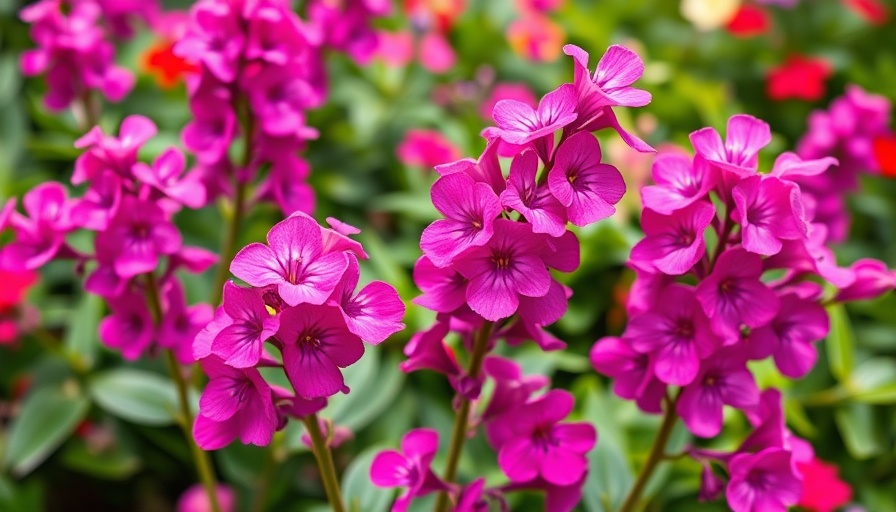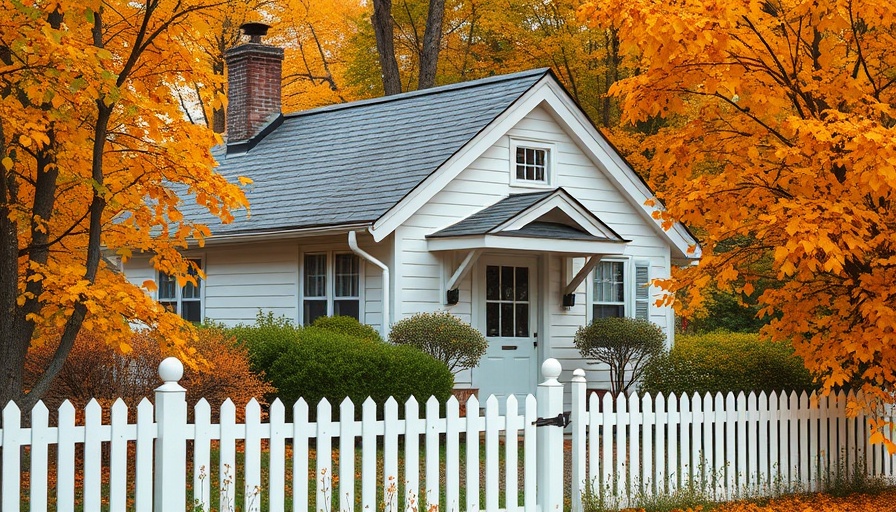
The Bright and Resilient Summer Snapdragon: Growing Angelonia
Summer snapdragon, or angelonia (Angelonia angustifolia), is a vibrant and resilient plant with a charm that adds color and fragrance to any garden. Native to Central and South America, angelonia thrives in sunny conditions, making it an ideal choice for eco-conscious homeowners looking to enhance their outdoor spaces sustainably. This tender perennial is often treated as an annual in cooler climates, making it a versatile option for planting throughout the summer months.
Creating the Perfect Environment for Angelonia
To grow angelonia successfully, choosing the right location is crucial. This sun-loving plant prefers a sheltered spot in full sun or light shade, flourishing in fertile, free-draining soil. Its compact height, reaching a maximum of 45cm, ensures it fits beautifully in a variety of garden settings, whether in-ground or in pots. For the latter, selecting a peat-free, multi-purpose compost mixed with perlite or coarse grit enhances drainage—vital for the plant's health. Moreover, placing pots near seating areas not only enhances sensory enjoyment with its delightful fragrance but supports sustainable landscaping by reducing the need for elaborate garden designs.
How to Plant and Care for Your Angelonia
Angelonia should be planted outdoors after the last frost, ideally spaced about 30cm apart in garden beds or closer in containers. Regular watering is essential for establishing pots; however, be cautious about overwatering, a common pitfall. Once established, the plant's drought tolerance begins to develop, reducing water needs during dry spells. Homemade compost is a great way to enhance soil fertility and reduce waste. Alternatively, feeding with liquid fertilizer every four to six weeks can boost blooming potential without relying on chemical additives.
Pruning: The Key to Bushy Growth
To encourage compact growth, pinching out the shoot tips on young plants helps develop bushiness. One of the unique traits of angelonia is its self-cleaning characteristic, meaning it naturally sheds dead flowers without requiring hard pruning. This trait saves time and labor in the garden, allowing more focus on enjoying your outdoor space and less on maintenance.
Resilience Against Pests and Diseases
One of the notable benefits of angelonia is its low susceptibility to pests and diseases, making it an eco-friendly choice for gardeners. While aphids might occasionally appear, particularly on plants grown in cover, they typically don’t require intervention unless in large numbers. Early planting precautions against slugs and snails can also ensure that your young plants thrive without interruption.
Enhancing Your Angelonia Experience
For those interested in a more sustainable gardening approach, consider pairing angelonia with companion plants, which can attract beneficial insects or deter pests. Incorporating native plants into your garden not only supports local ecosystems but also enhances water conservation as these plants typically require less maintenance. This kind of natural landscaping encourages biodiversity and a healthier environment, aligning perfectly with zero-waste practices.
Conclusion: Embrace Eco-Friendly Gardening with Angelonia
Incorporating angelonia into your garden not only enhances your outdoor aesthetics but also aligns with sustainable gardening practices. By choosing to grow these low-maintenance, drought-tolerant plants, you promote water conservation and reduce chemical fertilizer reliance. The vibrant blooms and fragrant allure make angelonia a beloved addition to any eco-friendly garden.
As you plan your garden layout, consider angelonia as a centerpiece to build around. With its charming flowers, longevity, and minimal care needs, you can create a thriving outdoor environment that reflects your commitment to sustainability.
If you’re ready to transform your outdoor space into a sustainable haven, explore eco-friendly gardening practices today!
 Add Row
Add Row  Add
Add 




Write A Comment